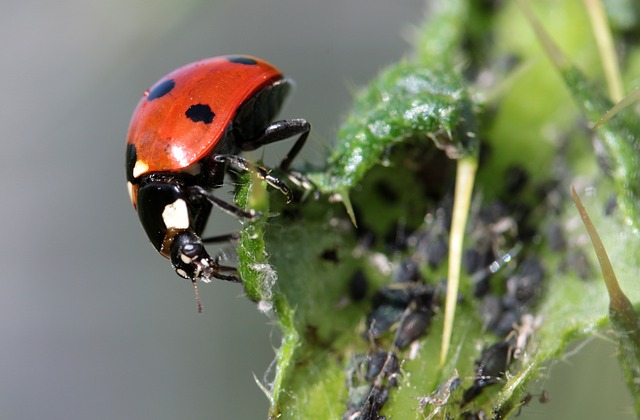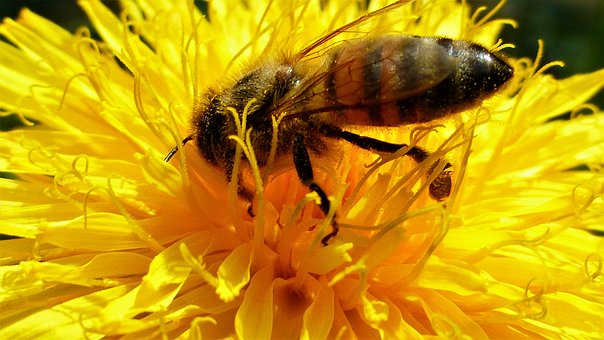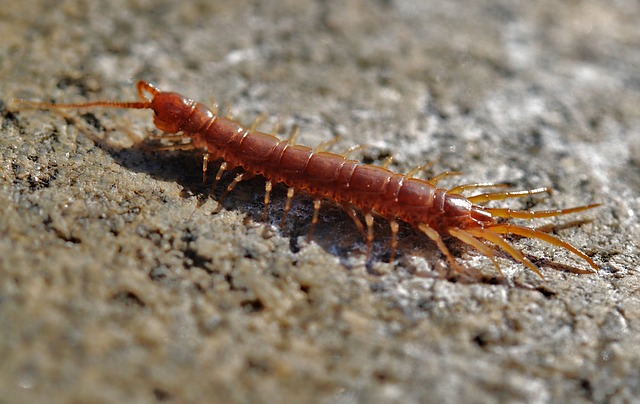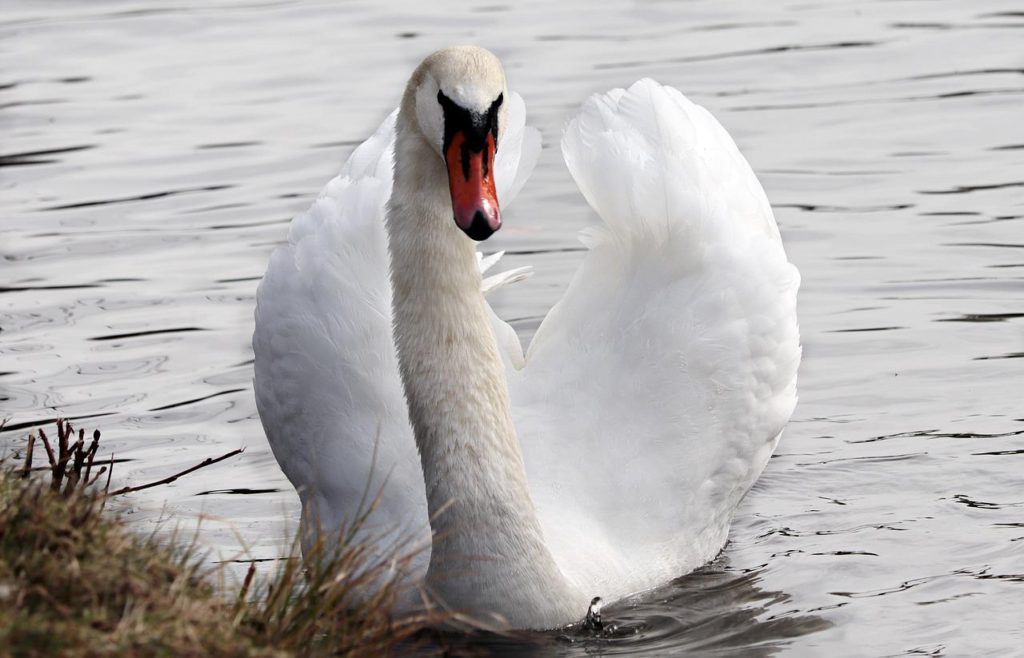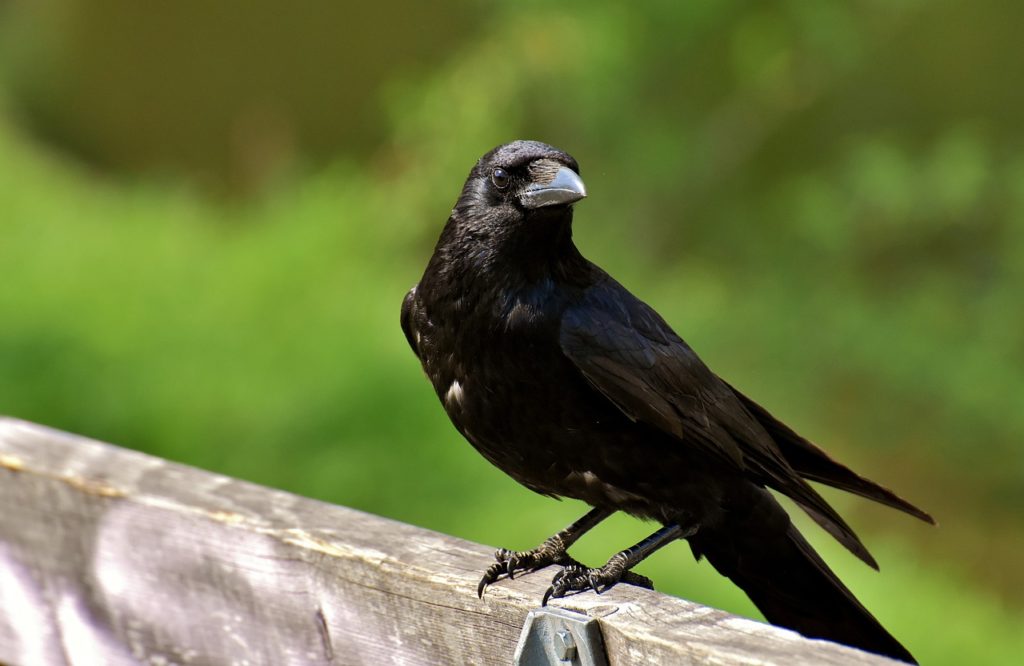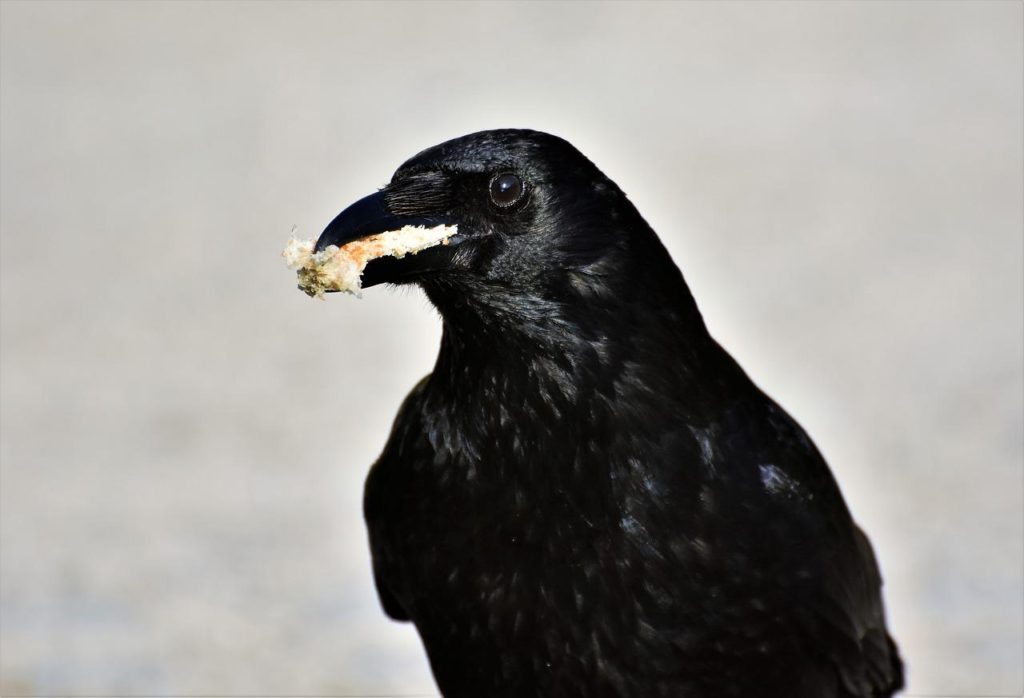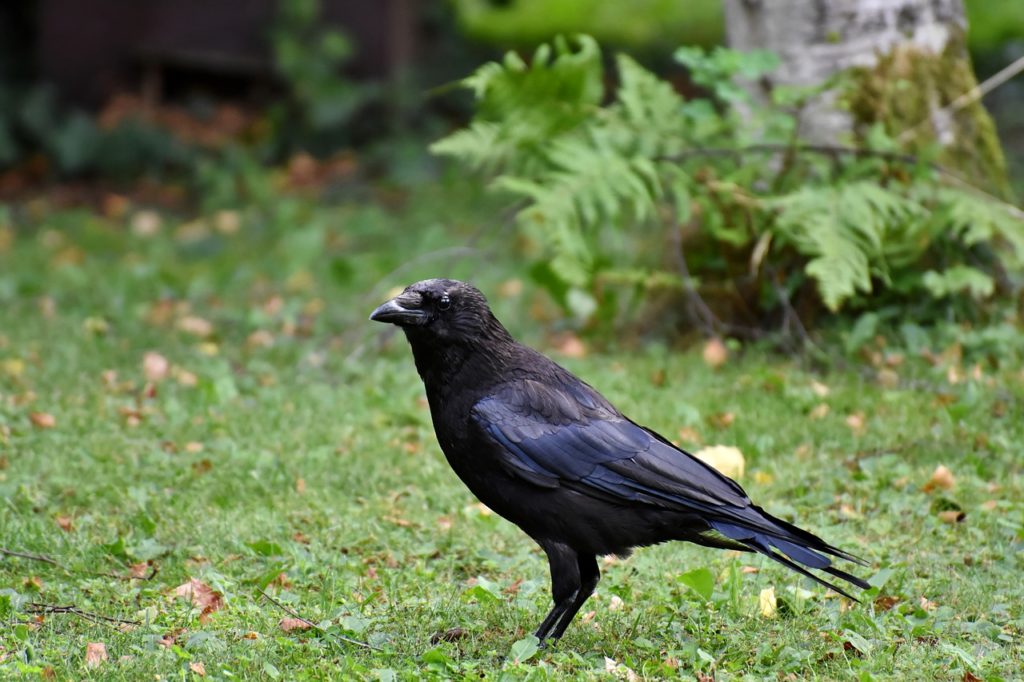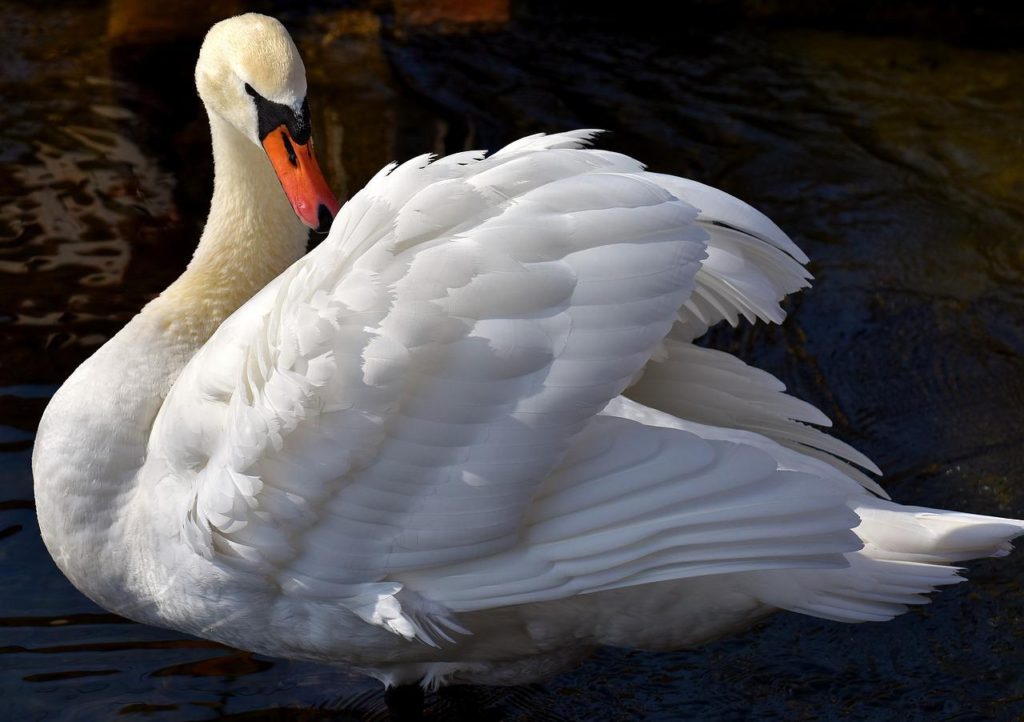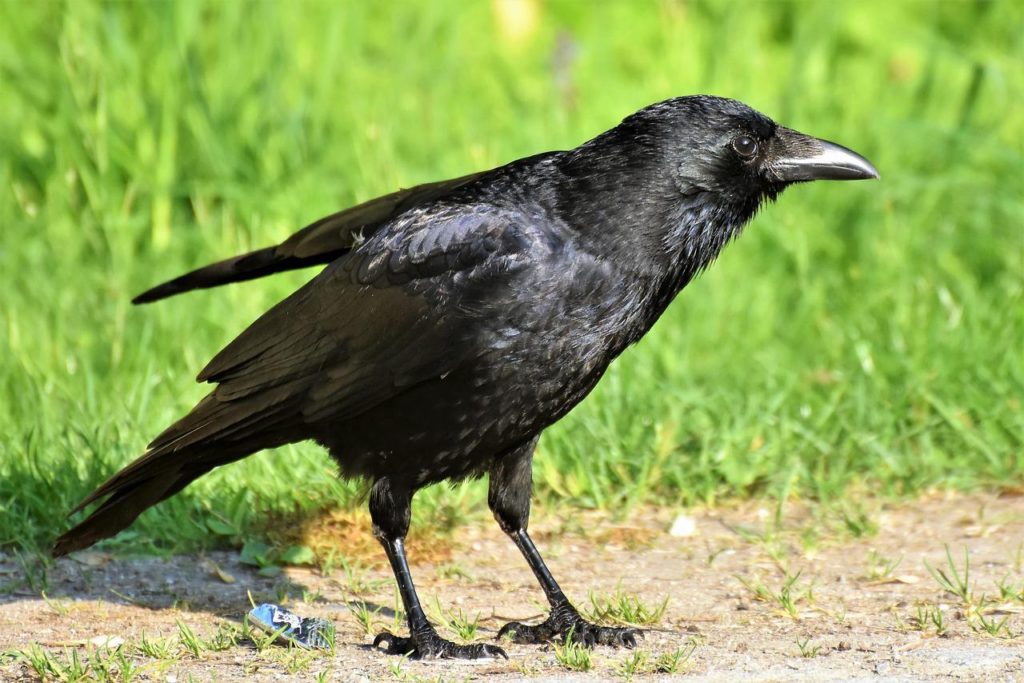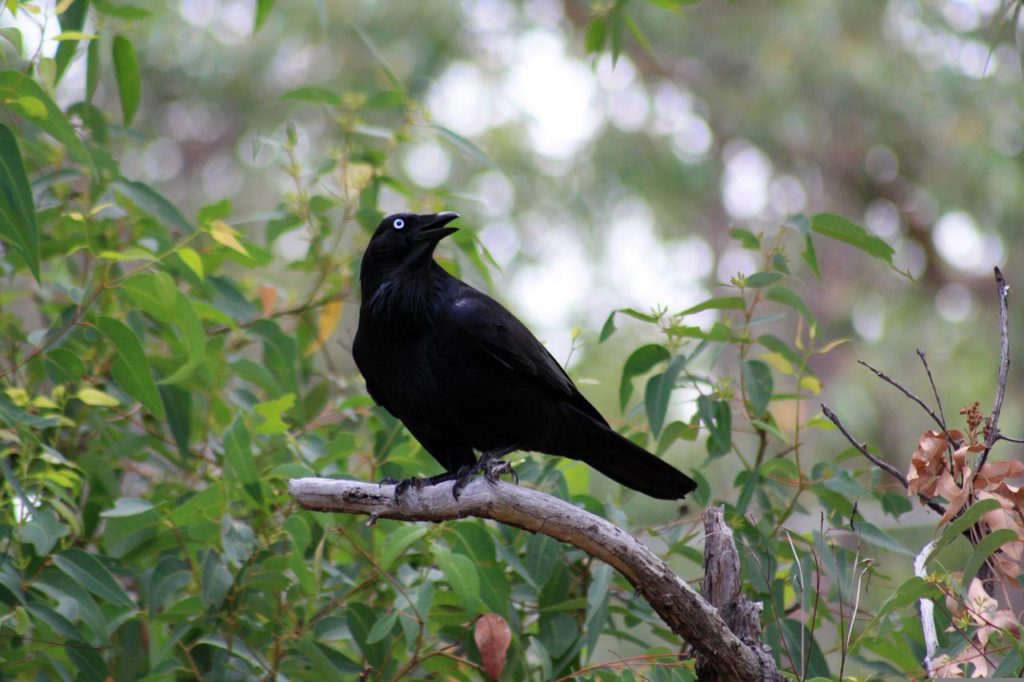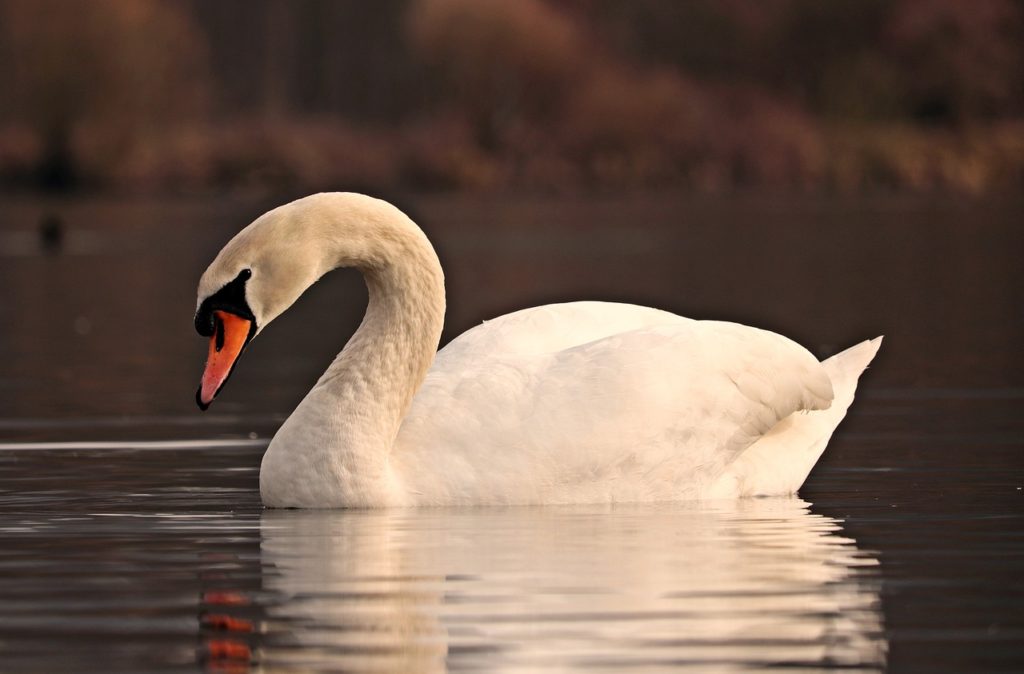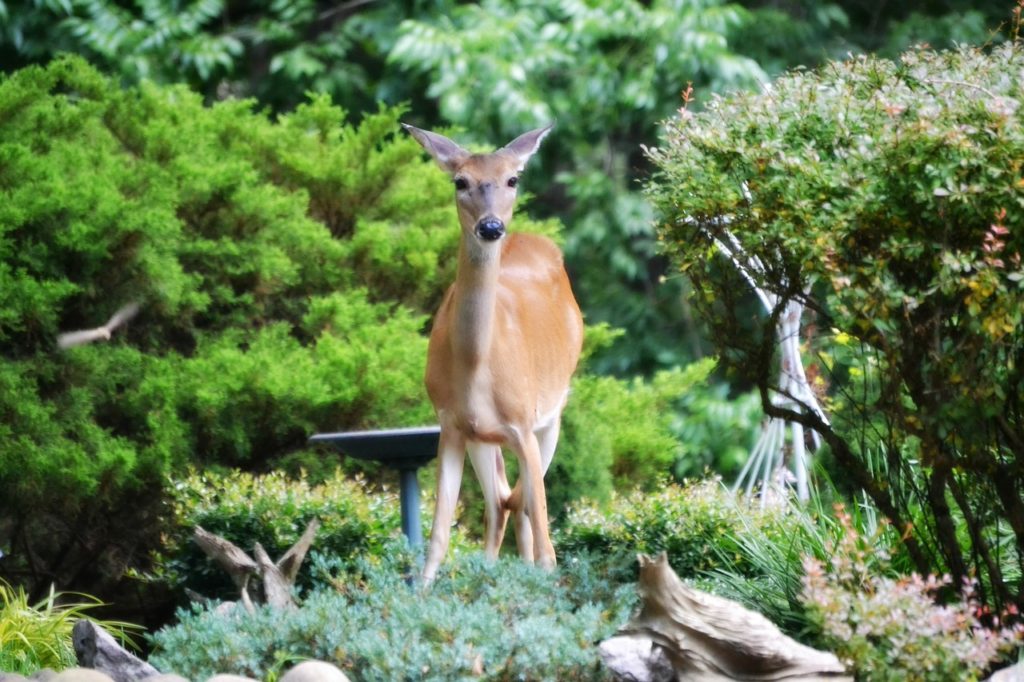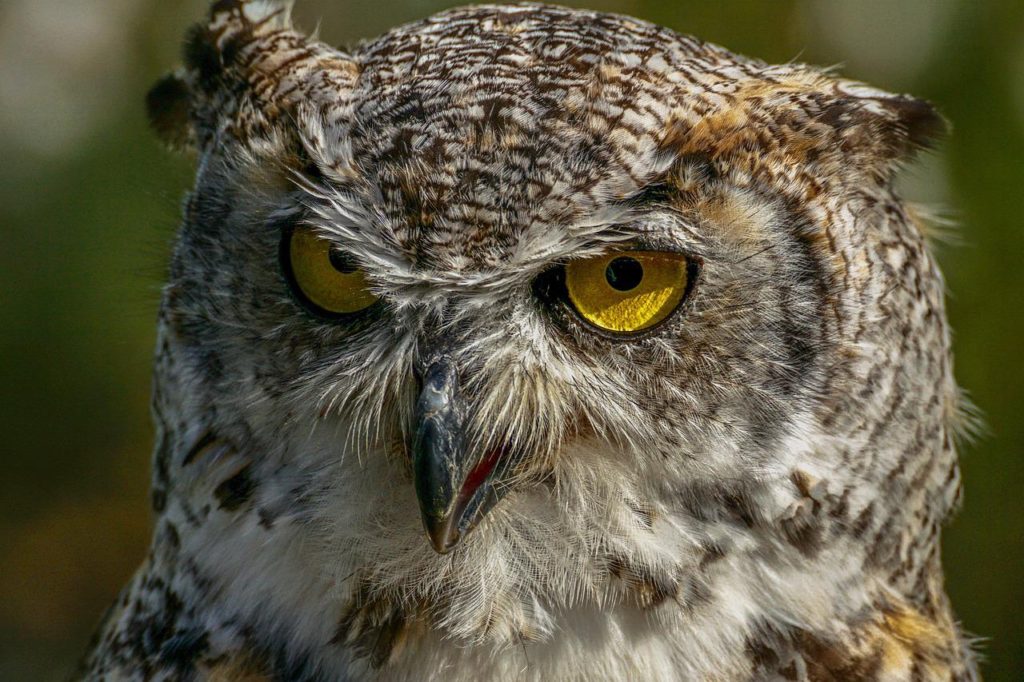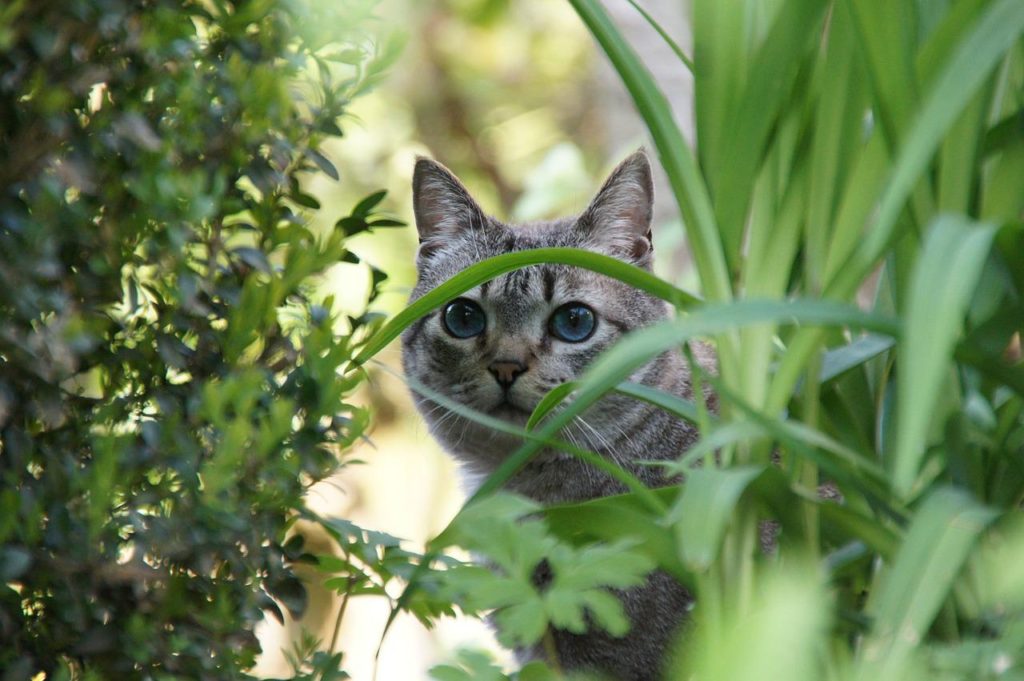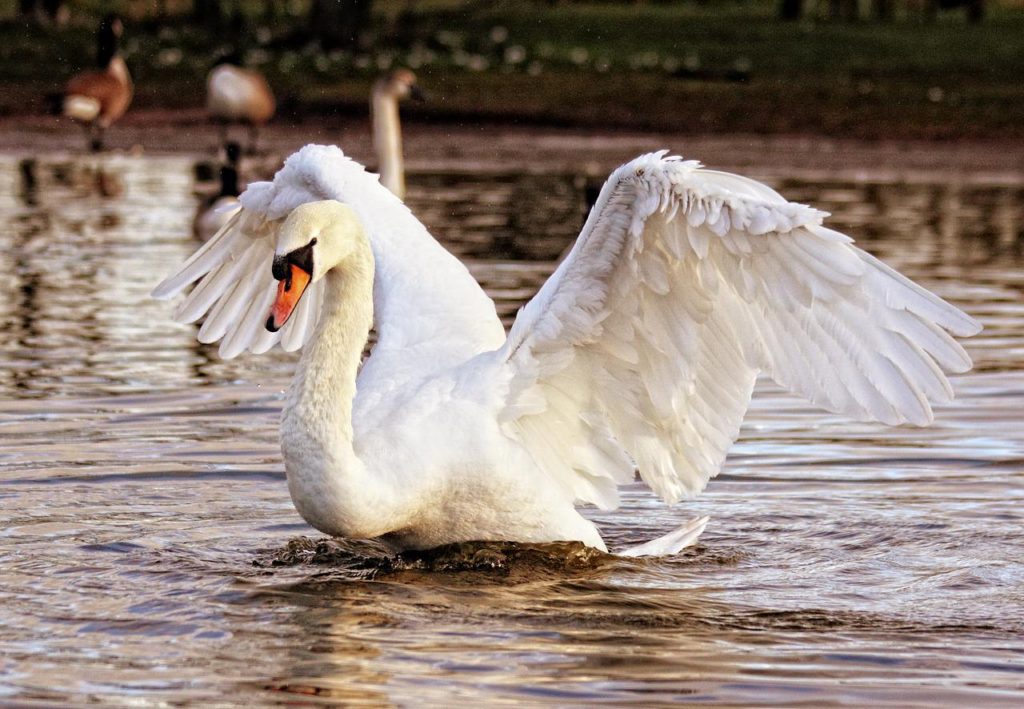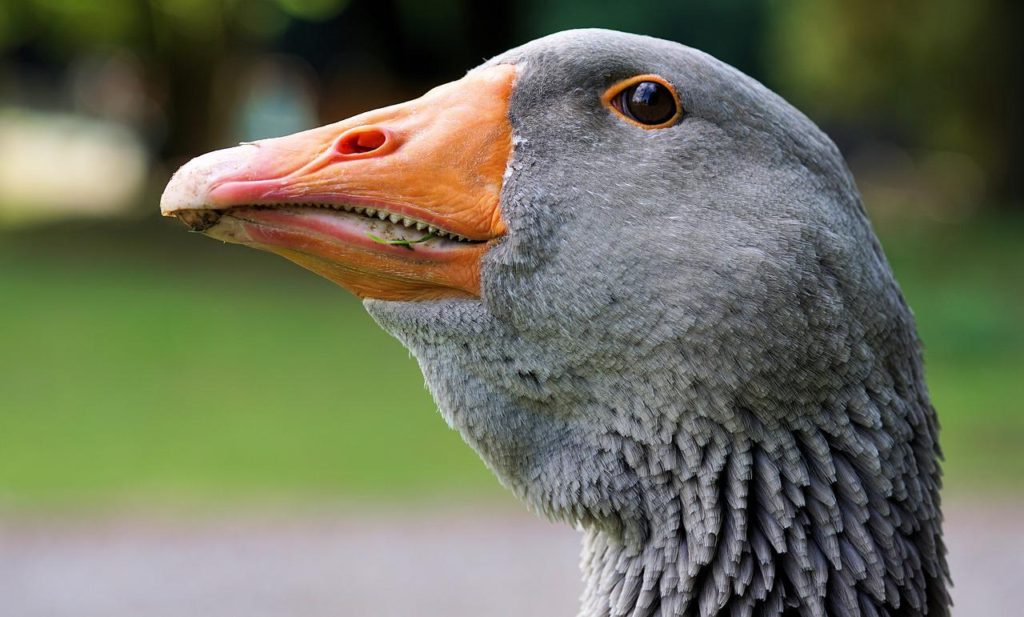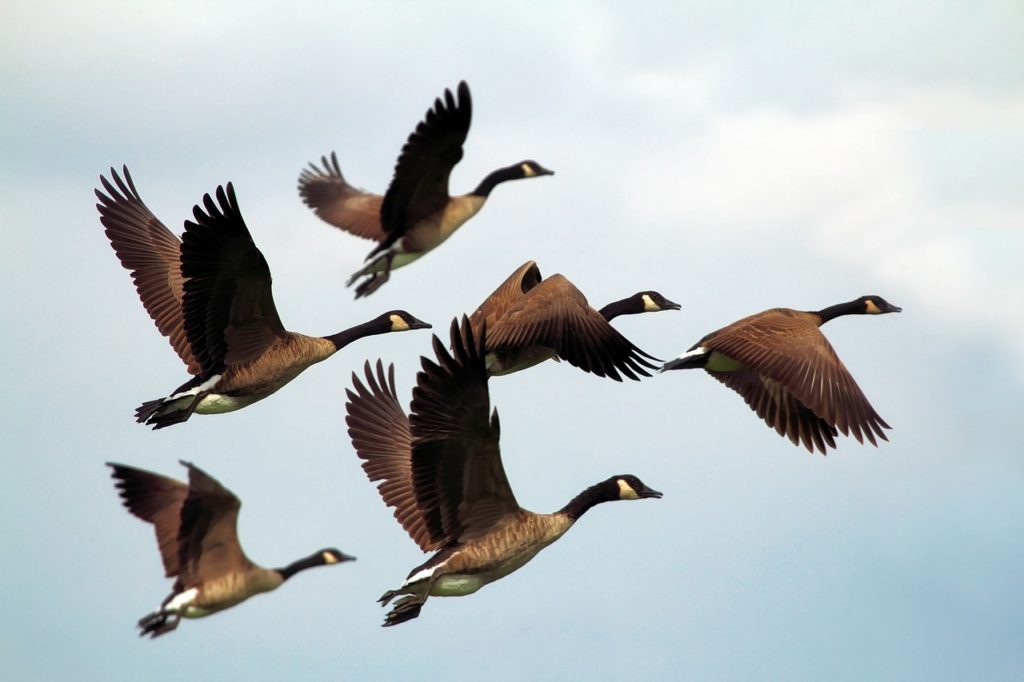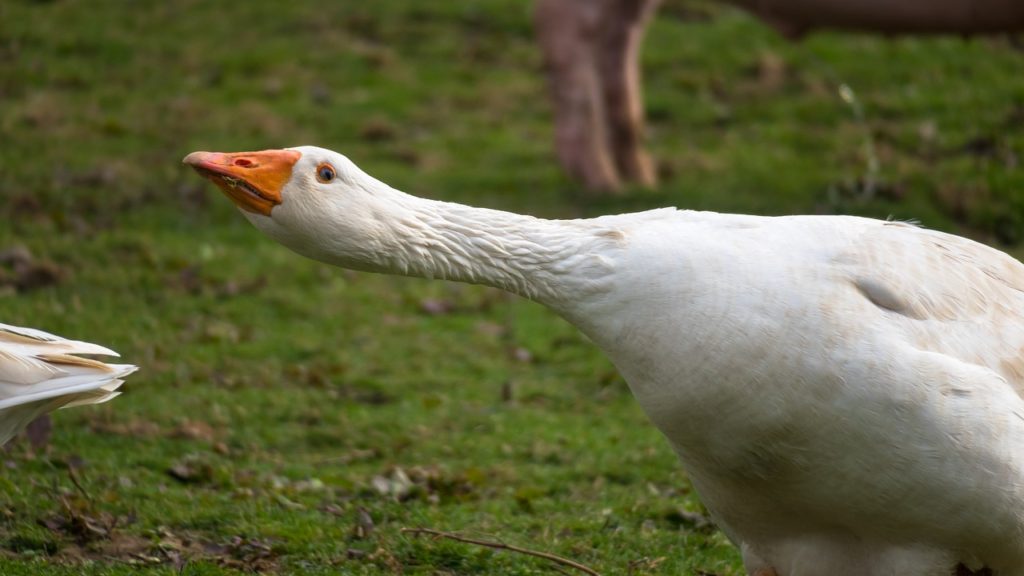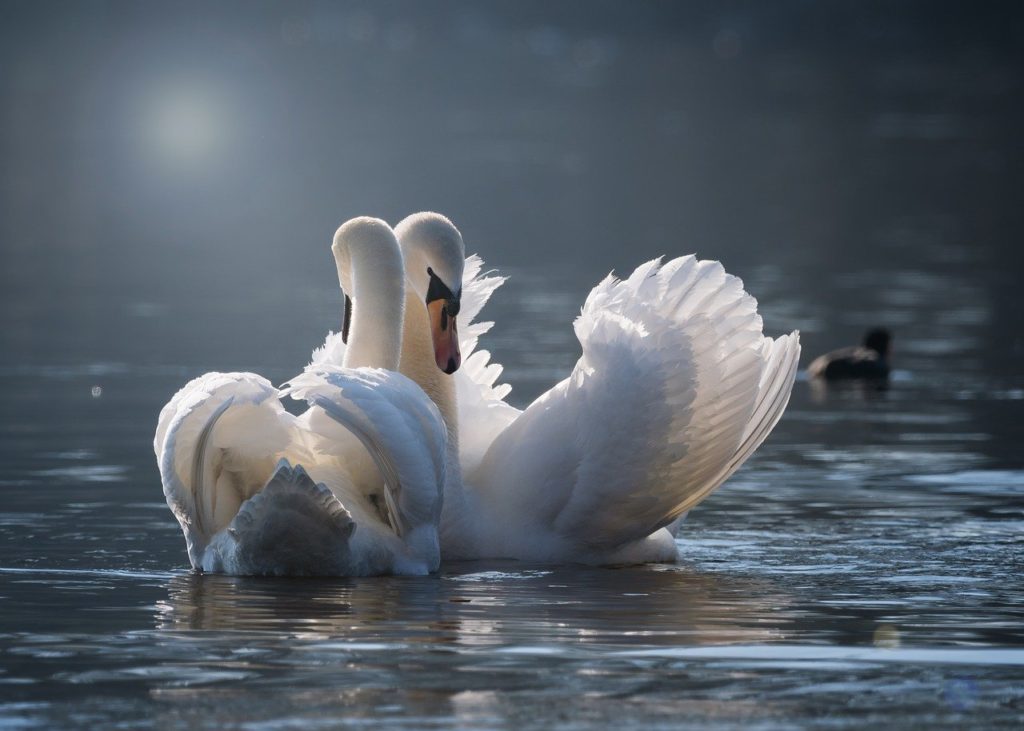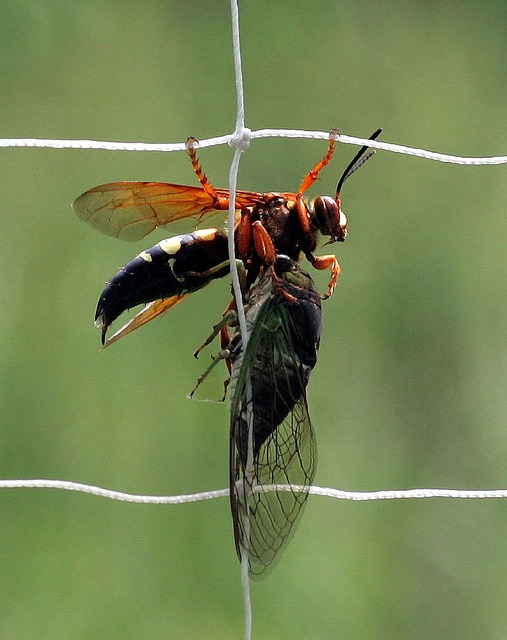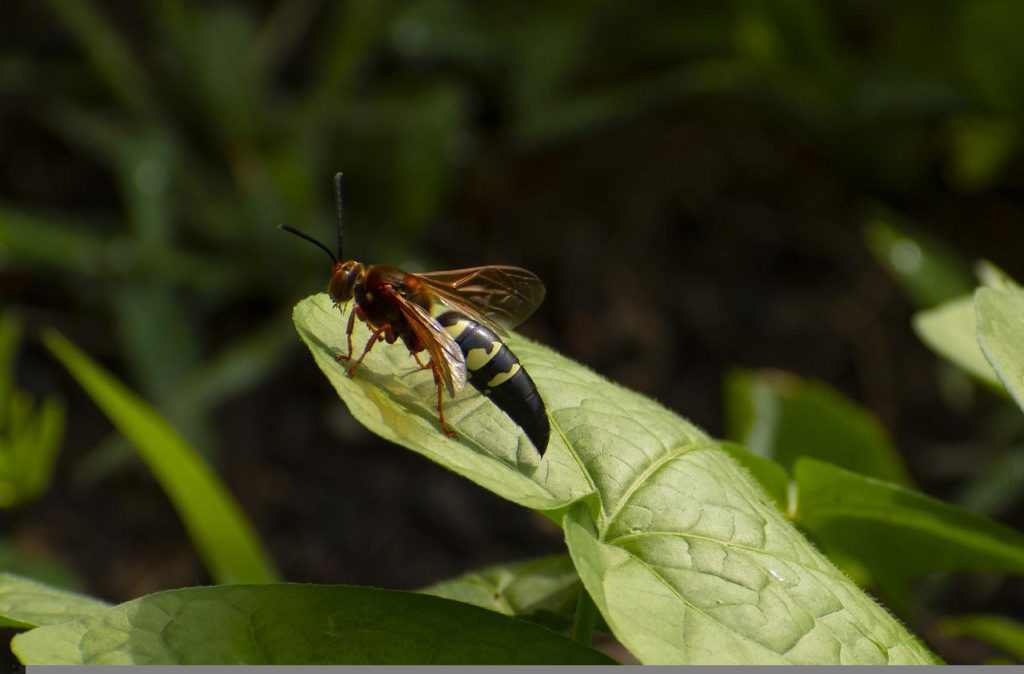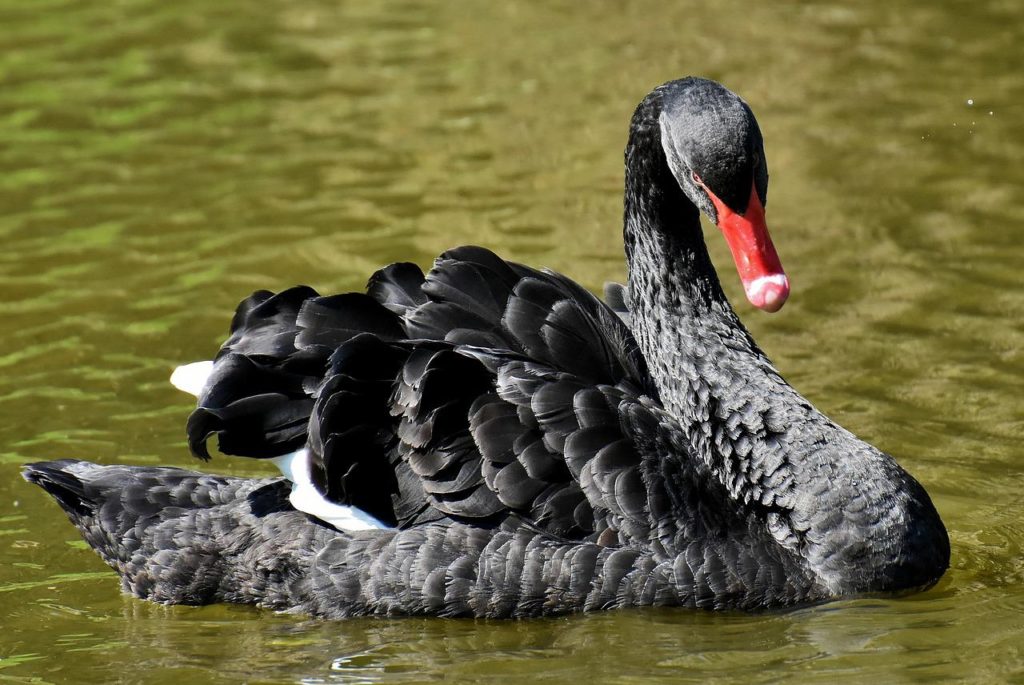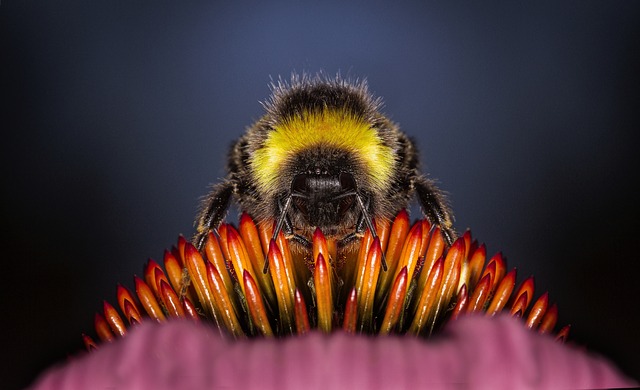
There are many animals that we consider to be pests. However, many of them actually perform critical tasks and help to control the populations of much more devastating species. The following beneficial insects and creatures are ones you’ll want to keep around.
Ladybugs
These are easily one of the most recognizable of all the backyard creatures on this list. Typically they are red or even yellow with black spots. Most people don’t realize that ladybugs are actually predators.
They prefer to eat aphids which can cause serious damage to gardens, trees, and crops. In fact, a single ladybug can eat thousands of aphids during its two to three-year lifespan. They also prey on other harmful garden insects such as red spider mites, mealybugs, and scale insects.
While they can often be found naturally many people actually purchase and release them. By adding these beneficial garden bugs to your yard or garden you can help to control the population of harmful insects without the use of chemical sprays.
Bees
The fact that bees can sting automatically makes most people think of them as backyard pests. Their reputation has also been tainted by the infamous Africanized bee. However, as long as you give them the proper respect, bees will rarely sting other than in self-defense of themselves or their hive.
Bumblebees and honeybees are two species that are not typically aggressive and are also fabulous pollinators. They can help a huge number of plants and flowers to reproduce. Honeybees also produce honey and beeswax that can be collected if you have the right beekeeping setup.
An interesting and helpful trait of bumblebees is that they will actually stay active and keep pollinating in weather which would keep honeybees in their hive. So be sure to think twice about grabbing a can of bug spray when you see these garden-friendly insects buzzing around.
Hoverfly Larvae
Adult hoverflies eat both pollen and nectar. They get their name from the fact that they can hover while doing so. Their larvae on the other hand eat aphids. And a single one will usually eat hundreds before it moves into the next stage of its development.
Lacewing Larvae
Lacewings are known for their intricate wings that look similar in appearance to lace. Similar to hoverflies, lacewings are beneficial garden insects that feed on pollen and nectar. And they also produce larvae that will help to rid your garden of aphids and other tiny insects.
Centipedes
Undoubtedly centipedes are one of the backyard critters that most people despise for their creepy looks. They have long segmented bodies and many legs. However, by allowing centipedes to inhabit your garden or yard these predators will help to get rid of a wide range of pests. Silverfish, roaches, bedbugs, moths, spiders, and more are all on their menu.
Flowerbugs
These are common garden insects UK residents will surely recognize as will those in many European countries. Flowerbugs eat small insects including red spider mites, aphids, and suckers. They are helpful insects in the garden but also for controlling pests on fruit trees.
Toads And Frogs
Both toads and frogs consume a large variety of insects. They also eat slugs along with a range of other smaller-sized pests. If you have a backyard pond it may attract them. While frogs need to stay in the water toads do not. But they both will use it to breed.
Shrews
These are one type of rodent that you may have in the yard and not even know it. That’s because they’re usually nocturnal. Shrews are not nearly as invasive as mice or rats and you’re much less likely to have a problem with them trying to get into your home.
You can tell them apart by their pointy snouts. Despite their small size shrews are voracious eaters. In fact, they need to keep eating to survive. If they don’t they may starve to death in a matter of hours. This can help to a dent in the local slug, insect, and spider population.
As you’ve just learned not all animals which are normally considered to be pests actually are. So the next time you encounter these beneficial garden insects and creatures be sure to leave them be. By doing so you’ll be helping your yard in the long run.
Start Shopping for Garden Pest Deterrents!
Why Would A Swan Be Alone?
It's widely known that swans are incredibly social and romantic creatures, so it can be disconcerting when you encounter a solitary swan. However, there are several reasons why this might be. So why would a swan be alone? Here's what you'll want to know. But first,...
How To Attract Crows To Your Yard
Crows aren’t always pests as many people believe. In fact, these super smart birds can actually help to rid your property of many common backyard and garden pests themselves. So here’s your step-by-step guide on how to attract crows to your yard! Step 1. Create A...
What Do Crows Eat?
With roughly 40 different species, crows are a common sight in most places around the world. And while most of us are familiar with their appearance and harsh vocalizations, their diet is not as obvious. So what do crows eat? Here's what you'll want to know. What Do...
What Are Crows Good For?
Crows are widely considered to be pests. However, these large and highly intelligent black birds actually serve quite a few important functions in the environment. So what are crows good for? Here's what you'll want to know. Pest And Parasite Management Crows are...
How Long Do Swans Live?
Swans are graceful and beautiful creatures and as such, people have many questions about them. They want to know about their mating rituals, their diet, their preferred habitats, and even their lifespans. How long do swans live for anyway? Swan lifespans actually vary...
Are Crows Good Pets?
People all around the world see and hear crows on a daily basis. Although these intelligent and dark birds are practically ubiquitous, most people don't think of them as being household pets. Are crows good pets? The general consensus is that crows do not make...
Are There Crows In Australia?
Crows are remarkably smart birds that also happen to be extremely adaptable. They navigate unfamiliar circumstances via observation and interaction. Crows reside in locations all over the globe. While they do not live in certain parts of South America, they do reside...
What Do Swans Eat?
Swans are famously long-necked birds that are symbols of romance, love, beauty, and purity. Since these waterbirds have so many admirers, people often wonder about their eating habits, behaviors, and more. What do swans eat, anyway? Swan Basics Swans typically live in...
How To Make Irish Spring Deer Repellent
Irish Spring isn't just a soap that has a pleasant and energizing fragrance. It's also an ingredient that can help keep your outdoor space healthy and inviting. By making your own Irish Spring deer repellent you can help keep nuisance deer at bay. Here's what you'll...
Birds That Look Like Owls
Owls are typically solitary and mainly nocturnal birds. And although these well-known hooting creatures have a rather distinctive physical appearance, there are actually various other kinds of birds that resemble owls closely. And people sometimes mix them up. So...
The Best Cat Deterrent Plants
Cats are adorable and beloved creatures. That doesn't mean, however, that they belong in your garden. The last thing you want is to see felines eating your favorite plants, or using your garden as their personal toilet. So here are some of the best cat deterrent...
Why Are Swans Protected?
Swans are graceful and gorgeous creatures. They also happen to have protection in the United Kingdom, interestingly enough. Why are swans protected there, anyway? And does the Queen own all the swans? Yes, she actually owns any mute swans that are unclaimed in both...
Birds With Teeth
Birds do not have teeth. However, there are quite a few that really look like they do! These birds have evolved special beaks which help them to perform important functions. So here are some of the most amazing birds with “teeth,” and what you’ll want to know about...
Do Geese Fly?
Although geese are clearly birds, there are many individuals who do not necessarily associate them with flying. So, do geese fly? The honest answer is that these waterfowl do. They do not exactly slouch in the flying department, either. Many people are pleasantly...
Are Geese Dangerous?
Geese, in brief, are waterbirds that are quite substantial in size. Since they're often spotted on golf courses, at schools, and in community parks, people understandably tend to wonder whether they're safety threats. Are geese dangerous? Why Geese Attack...
Do Swans Mate For Life?
Swans are famously elegant waterbirds that are known for their sizable bodies, webbed feet, and lengthy necks. People often associate them with romantic imagery and monogamy. Do swans mate for life? You can find the response to that common and rather fascinating...
When Do Cicada Killers Come Out?
Whether you dread them each year or are waiting for them to emerge and control the cicada population you may be wondering, “When do cicada killers come out? The answer is they come out each summer in late June or July. Here’s what you’ll want to know. Cicada Killer...
Are Cicada Killers Dangerous?
One look at one of these huge wasps buzzing around, your yard, and it’s only natural to ask, “Are cicada killers dangerous?” Fortunately, these wasps are mild-mannered. But here’s what you’ll want to know. Cicada Killer Wasps Basics Cicada killers emerge from the...
What Are Black Swans?
What are black swans? Black swans (Cygnus atratus) are sizable waterbirds. This species primarily appears in Australia's southwestern and southeastern portions. The black swan is nomadic in its homeland. This bird, true to its name, is mostly black. Although the bird...
What Do Cicada Killers Eat When There Are No Cicadas?
What do cicada killers eat when there are no cicadas? Well, while cicada killer wasps do hunt cicadas, the adults don’t actually eat them or kill them, their young do. Read on to learn more! The Cicada Killer Diet While you may have seen cicada killer wasps flying...
